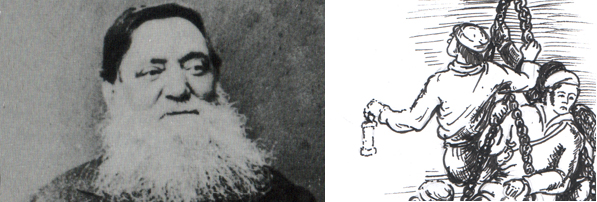‘But the night is Halloween, and the fairy court do ride…’
 Tonight is Halloween, and it’s supposed to be the night when the fair folk rise up out of the hollow hills and ride through the lands of the living. If see them dancing and step into the ring to dance alongside them, you could be caught forever… There are many dangers for the unwary mortal stepping into the Otherworld, but less is said about those poor creatures who by chance step out of that world into ours. What if you didn’t want to come to the mortal world? What if it was an accident? Just two children strayed away from their homes, lured into a tunnel by the sound of pretty bells, only to awake in the blazing dawn to a land of strangers, fear and death.
Tonight is Halloween, and it’s supposed to be the night when the fair folk rise up out of the hollow hills and ride through the lands of the living. If see them dancing and step into the ring to dance alongside them, you could be caught forever… There are many dangers for the unwary mortal stepping into the Otherworld, but less is said about those poor creatures who by chance step out of that world into ours. What if you didn’t want to come to the mortal world? What if it was an accident? Just two children strayed away from their homes, lured into a tunnel by the sound of pretty bells, only to awake in the blazing dawn to a land of strangers, fear and death.
There have been many theories about the Green Children of Woolpit. Many of them have been prosaic, striving to make sense in today’s pragmatic, secular world of something inexplicable. In 1173 there was a battle just outside Bury St Edmunds during the Revolt between Henry II and his sons Henry, Richard and Geoffrey (complicated – don’t go there! Read Sharon Penman’s The Devil’s Brood if you want to find out more). Suffolk was heavily involved in this revolt after the Earl of Leicester landed at Walton Castle and persuaded Hugh Bigod, the Earl of Norfolk, to take up his cause. It causes two stories in Suffolk Folk Tales – A Strange and Terrible Wonder and Maude Carew – and may be the spark for the Green Children.
The 12th century saw a surge of immigration into East Anglia from Flanders across the sea – welcomed in as the Jewish communities were starting the long process of victimisation and eventual banishment in the late 13th century. There was a settlement of Flemish fullers at Fornham St Martin, close to the battle site at Fornham St Genevieve – did the children flee, and get lost? Did they become sick as they wandered, and suffering from dietary deficiencies, was their skin tinged green by chlorosis? Was the Flemish they spoke unrecognisable to the villagers of Woolpit? Was the girl’s talk of St Martin’s Land a reference to their old village? So far, so good. But surely Richard de Calne would have understood Flemish and realised what had happened? This theory assumes an extremely parochial, limited existence for our medieval forebears. I don’t buy that someone living in Bardwell wouldn’t know what was going on in Fornham St Martin. I mean, it’s only about 9 miles away – you could easily walk there and back in a day!

So where does that leave us? Are they the Babes in the Wood from the Norfolk story? Poisoned by arsenic by their wicked uncle, abandoned in Thetford Forest (scary – got lost there once myself!), they wander into Woolpit. The older, stronger girl survives, but her younger brother is too weakened and dies. Maybe? This tale doesn’t appear until the printing of a broadside in 1595. The most commonly cited wood for the tale is Wayland Wood, just south of Watton, and about 30 miles from Woolpit. Not impossible, but … in the story the children die. The wicked uncle is punished, but there’s no Disney happy ending. They die. Both of them. Alone in the forest.
Putting the green children in context helps. It’s a wonder tale, one of many collated by medieval writers, and particularly in the 12th and 13th centuries. Anything goes! These mirabilia, or marvels, were, perhaps, some of the earliest folklore collecting, predating people like John Aubrey and William Camden by centuries. But their reasons for putting in these tales to their accounts were different. We can’t assume that they were simply included because credulous monks and scholars believed them – though that may have been the case in some instances! There was a conscious searching for the hidden things of the world, that one day might be revealed and understood. The recording of marvels like the Green Children thus becomes a kind of scientific experiment, recorded for posterity when we might understand it better. Or, often, there is a moral lesson within the stories – though it’s hard to pinpoint what that might be in this tale.

At this time, this kind of tales was avidly lapped up by the aristocracy. Courtly scholars such as Walter Map, Gervase of Tilbury and Gerald of Wales record many mirabilia and fantastica to thrill and chill their courtly audiences. Henry II and Henry the Young King were apparently keen on these stories. The stories included range from international folk tales to locally collected ones. Did our monkish scholars include similar tales to curry royal or aristocratic favour? But these stories give another possibility in our search for the ‘real’ green children – were they aliens? Alexander the Great saw alien spaceships at the Siege of Tyre in 329 BC, they allegedly ‘observed three soaring discs, which were described as “shining silvery shields, spitting fire around the rims,” … These “shields” were said to have annihilated a stone wall with a lightening-like beam weapon.’[i] In The King’s Mirror, a Norwegian example of these collections of tales from about 1250, an incident is recorded of ships in the sky over County Clare in the 10th century[ii]. In this case, one of the ‘aliens’ comes to earth to fix a problem with his anchor, but, unable to breathe our air, he dies. Gervase of Tilbury also records this tale, but sites it in England, and develops it further with the adventures of a Bristolian in the sky – and that story features in Anthony’s Gloucestershire Folk Tales….
But I don’t think our Green Children were aliens. For me, they seem to have come out of the hollow hills where the fair folk live. Green is a fairy colour, although the ballad Tam Lin mentioned in the first line says that the fairies were ‘grey’ – perhaps referring to the idea that they were spirits of the dead instead of another race… Is Halloween, when the fairy court do ride the first zombie apocalypse? There is another instance, recorded by Gerald of Wales, where the interaction goes the other, more usual way – a boy is approached by two little men saying, “If you will come with us, we will lead you into a country full of delights and sports”[iii] and led into another world with a sunless sky. John Aubrey also records an instance a few centuries later, in which a man accesses the world below through a round barrow; this became the basis for ‘The Fairies of Hackpen Hill’ in my Wiltshire Folk Tales. Its common knowledge that those who go into fairyland come out changed, and that many pine away. Perhaps it’s true of those who come out of the Otherworld, too, like the green boy. The green girl was a different matter, even though her story hints that the Otherworld was possibly more fun than ours as she showed ‘herself to be extremely high-spirited and unrestrained’![iv]
Notes:
[i] Morphy, Rob ‘Anchors Away: Sky Ships and Storm Wizards’, 2011 http://mysteriousuniverse.org/2011/09/anchors-aweigh-sky-ships-and-storm-wizards/
[ii] https://en.wikipedia.org/wiki/Konungs_skuggsj%C3%A1
[iii] Cambrensis, Geraldus The Itinerary through Wales and the Description of Wales (JM Dent & Co, London, 1908), pg. 68
[iv] Translation of Ralph of Coggeshall’s story by Dr Monika Simon, 2012
Images:
- The Green Children © Kirsty Hartsiotis
- Image from http://hypnogoria.blogspot.co.uk/2014/12/folklore-on-friday-babes-in-woods.html
- Image from http://io9.gizmodo.com/5917914/why-are-there-spaceships-in-medieval-art

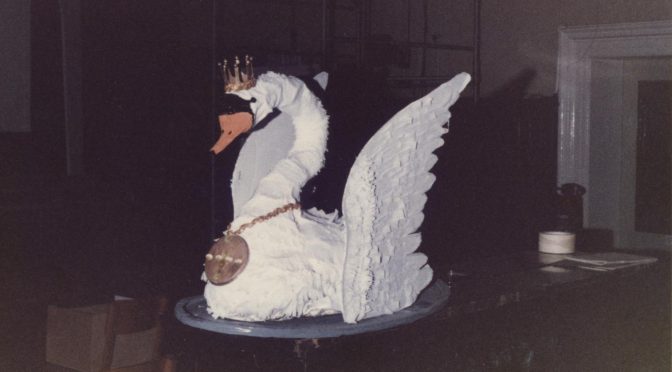


 But what were they for? I knew it was a play, of course, but I was intrigued by the title, ‘The Green Children’. Who – or what – were these children, and why were they green? I was too young to go to the play and find out for myself, but Mum must have told me the story. It was one of my first encounters with the county’s folklore, and I loved it, even though it was a sad tale. It stayed with me ever since, helping develop a fascination with fairy lore and the Otherworld that lasts to this day. The sad fate of the green boy particularly affected me – and still does, I confess. As a child who was uprooted from my home several times, I admire the green girl for getting on with it, knuckling down and fitting in, but I was like the green boy, lonely and pining for a time and place where I was comfortable…
But what were they for? I knew it was a play, of course, but I was intrigued by the title, ‘The Green Children’. Who – or what – were these children, and why were they green? I was too young to go to the play and find out for myself, but Mum must have told me the story. It was one of my first encounters with the county’s folklore, and I loved it, even though it was a sad tale. It stayed with me ever since, helping develop a fascination with fairy lore and the Otherworld that lasts to this day. The sad fate of the green boy particularly affected me – and still does, I confess. As a child who was uprooted from my home several times, I admire the green girl for getting on with it, knuckling down and fitting in, but I was like the green boy, lonely and pining for a time and place where I was comfortable…

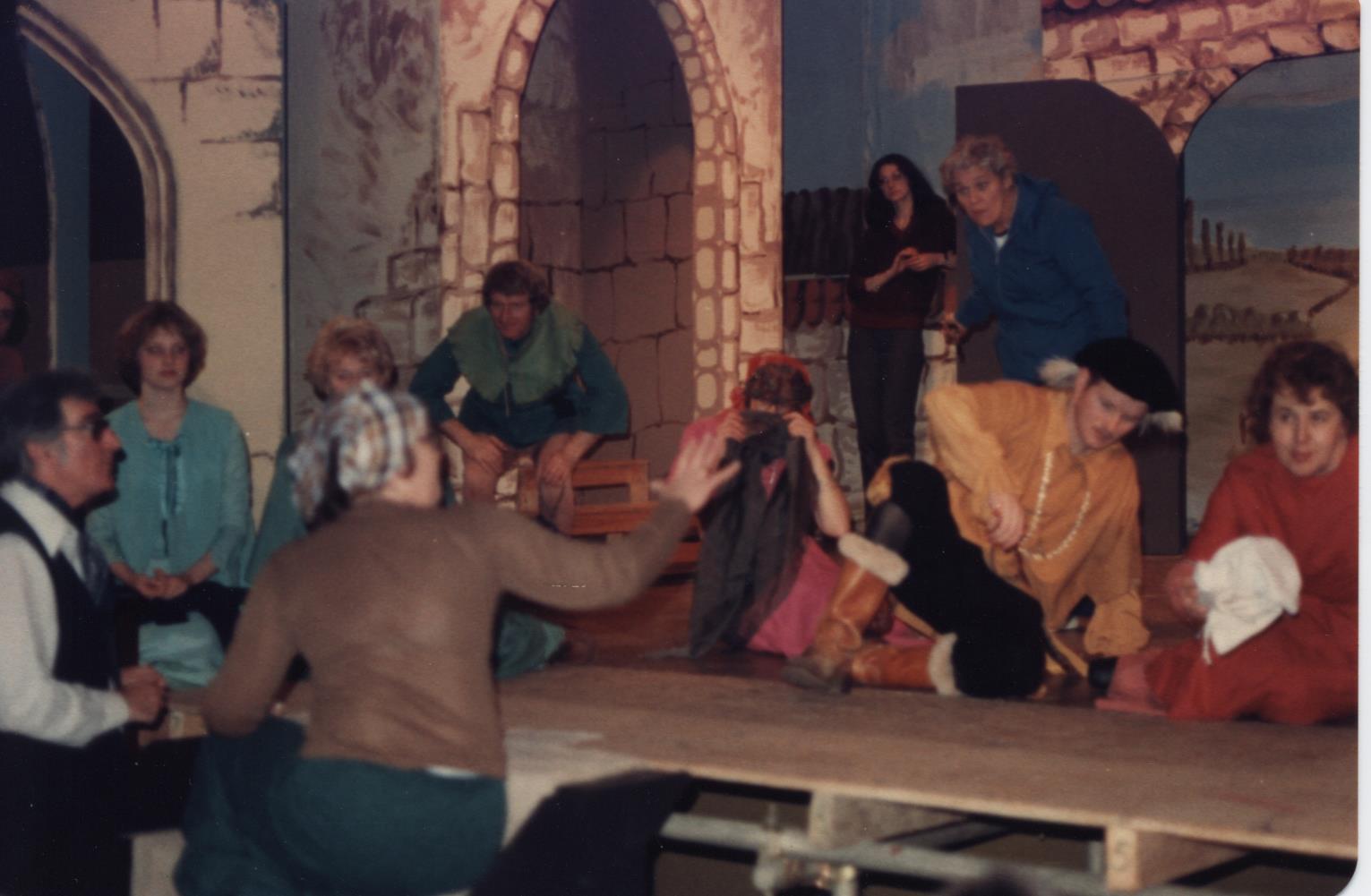


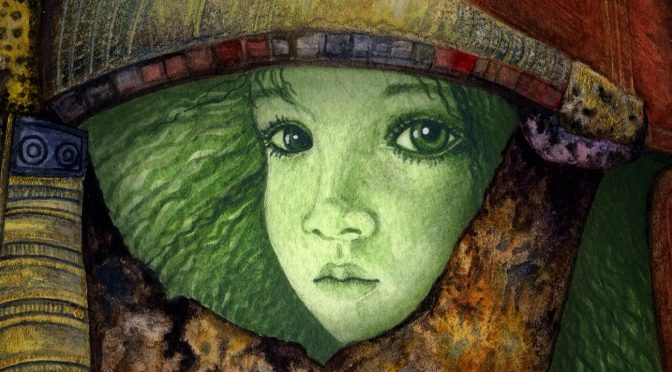

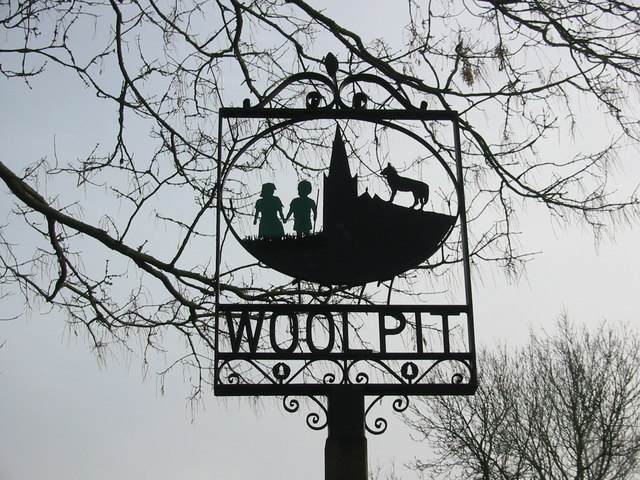
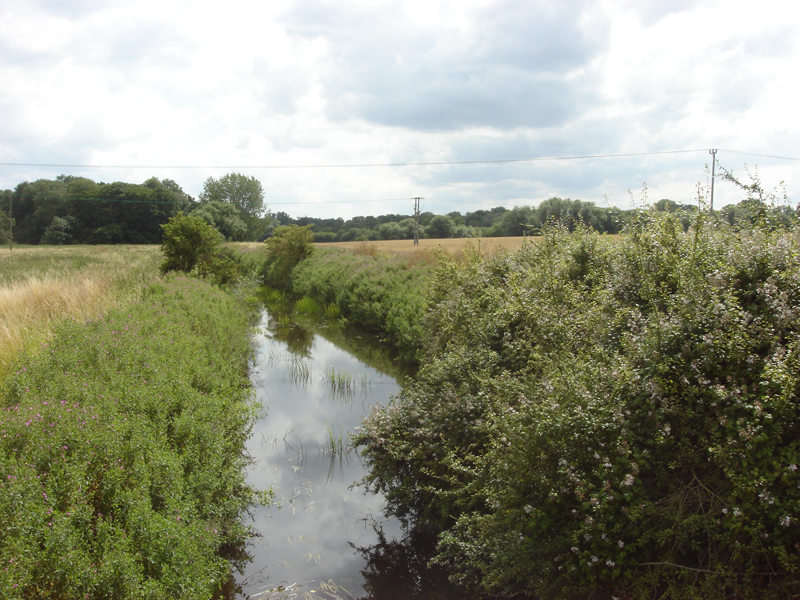
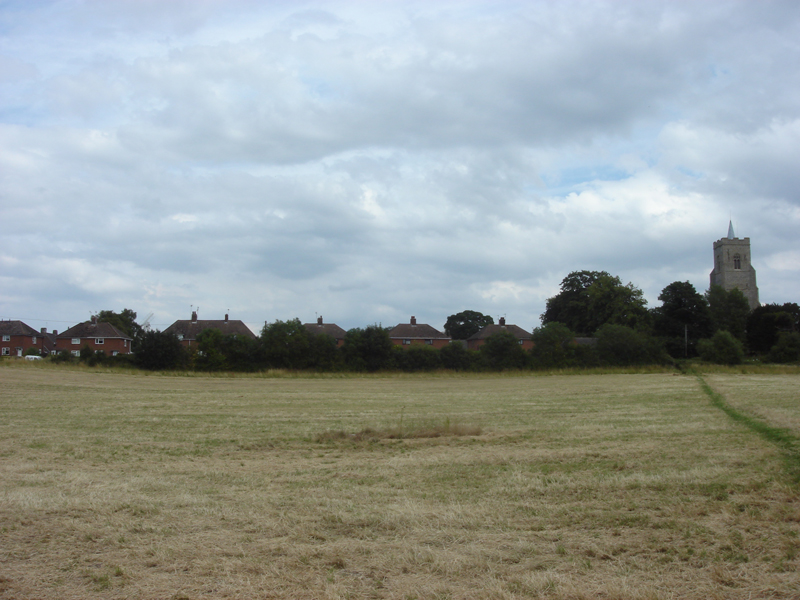

 William Morris died #OTD exactly 120 years ago. The 3 October 1896 was a bleak day for his friends and family. The Great Man was only 62, but had been failing for some time before. Nonetheless, that July Morris had travelled to Norway with a friend – his doctor knowing that this would be his last voyage. Apparently on the boat Morris asked to seated so his could see ‘the younger and prettier women…’ but the trip didn’t raise his usual enthusiasms for the wild landscapes of the north. His dear friends Sydney Cockerell and Emery Walker met him from the boat, and were informed that congestion of the lungs had now set in. He was still working – his last novel, The Sundering Flood, was finished through dictation to Cockerell that August, but things were ending. Walker and Cockerell knew they couldn’t fill Morris’s shoes and decided not to continue Morris’s Kelmscott Press after he was gone – though both continued to advance and enhance the world of both private and commercial printing throughout their lives. His friends visited – Georgie and Edward Burne Jones, Philip Webb, F S Ellis – old friends. His wife, daughter May (his elder daughter, Jenny, was sick herself, and couldn’t come), Georgie and a couple of other friends were with him at the end, with Walker, Cockerell, Webb and Edward Burne Jones all there the day before, and immediately after. Georgie said he died ‘as gently, as quietly as a babe who is satisfied drops from its mother’s breast.’
William Morris died #OTD exactly 120 years ago. The 3 October 1896 was a bleak day for his friends and family. The Great Man was only 62, but had been failing for some time before. Nonetheless, that July Morris had travelled to Norway with a friend – his doctor knowing that this would be his last voyage. Apparently on the boat Morris asked to seated so his could see ‘the younger and prettier women…’ but the trip didn’t raise his usual enthusiasms for the wild landscapes of the north. His dear friends Sydney Cockerell and Emery Walker met him from the boat, and were informed that congestion of the lungs had now set in. He was still working – his last novel, The Sundering Flood, was finished through dictation to Cockerell that August, but things were ending. Walker and Cockerell knew they couldn’t fill Morris’s shoes and decided not to continue Morris’s Kelmscott Press after he was gone – though both continued to advance and enhance the world of both private and commercial printing throughout their lives. His friends visited – Georgie and Edward Burne Jones, Philip Webb, F S Ellis – old friends. His wife, daughter May (his elder daughter, Jenny, was sick herself, and couldn’t come), Georgie and a couple of other friends were with him at the end, with Walker, Cockerell, Webb and Edward Burne Jones all there the day before, and immediately after. Georgie said he died ‘as gently, as quietly as a babe who is satisfied drops from its mother’s breast.’ He is buried in a quiet corner of Kelmscott churchyard, where Janey, Jenny and May later joined him. It is an unassuming gravestone by an unassuming church. Morris loved Kelmscott church, a quiet 12th century building with little spectacle. Webb designed the gravestone, based on a piece of stonework that Webb found in the churchyard, making Morris’s tomb utterly of the place. Webb understood his old friend very well – their enthusiasms matching each others in art, architecture and socialism along the way – and I think Morris would have been pleased with the simplicity of it.
He is buried in a quiet corner of Kelmscott churchyard, where Janey, Jenny and May later joined him. It is an unassuming gravestone by an unassuming church. Morris loved Kelmscott church, a quiet 12th century building with little spectacle. Webb designed the gravestone, based on a piece of stonework that Webb found in the churchyard, making Morris’s tomb utterly of the place. Webb understood his old friend very well – their enthusiasms matching each others in art, architecture and socialism along the way – and I think Morris would have been pleased with the simplicity of it.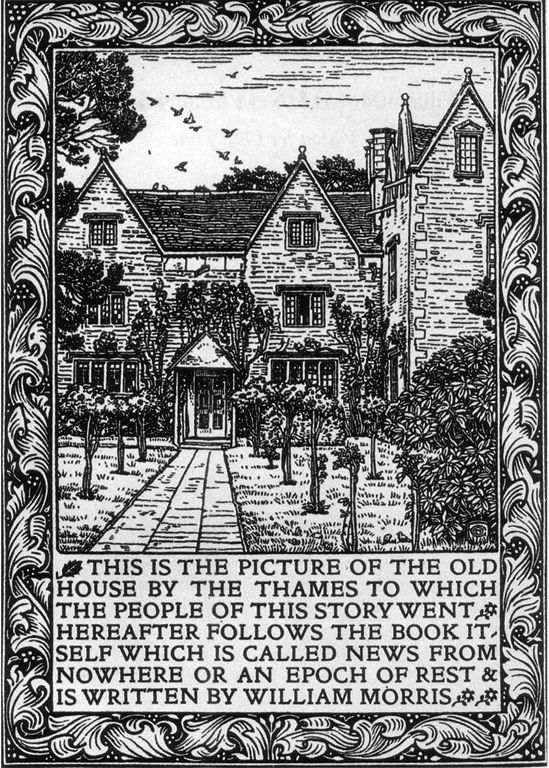 What would William Morris say to his legacy? The obituaries of the day heralded him as a poet. Today his verse is little read. We know him as a designer, mostly, someone who created nice wallpapers and fabrics – and maybe we know he was the father of the Arts and Crafts Movement. We know him, perhaps, as someone who’s love life was tangled. We might know the ‘useful and beautiful’ quote – but maybe not what prompted him to need to write that and all the other essays on living through and in art. We may know that he was a socialist and a ‘dreamer of dreams’. We know his prose better than his poetry, and maybe we might have read News from Nowhere. We know, some of us, the Icelandic sagas he helped bring to the British public. We’ve been in, perhaps, some of the buildings the organisation he founded, the Society for the Protection of Ancient Buildings, saved in their original state for the nation. We may also have seen the stained glass his firm placed in many ancient – and new – buildings. We might not know all of him, but we do know him.
What would William Morris say to his legacy? The obituaries of the day heralded him as a poet. Today his verse is little read. We know him as a designer, mostly, someone who created nice wallpapers and fabrics – and maybe we know he was the father of the Arts and Crafts Movement. We know him, perhaps, as someone who’s love life was tangled. We might know the ‘useful and beautiful’ quote – but maybe not what prompted him to need to write that and all the other essays on living through and in art. We may know that he was a socialist and a ‘dreamer of dreams’. We know his prose better than his poetry, and maybe we might have read News from Nowhere. We know, some of us, the Icelandic sagas he helped bring to the British public. We’ve been in, perhaps, some of the buildings the organisation he founded, the Society for the Protection of Ancient Buildings, saved in their original state for the nation. We may also have seen the stained glass his firm placed in many ancient – and new – buildings. We might not know all of him, but we do know him.